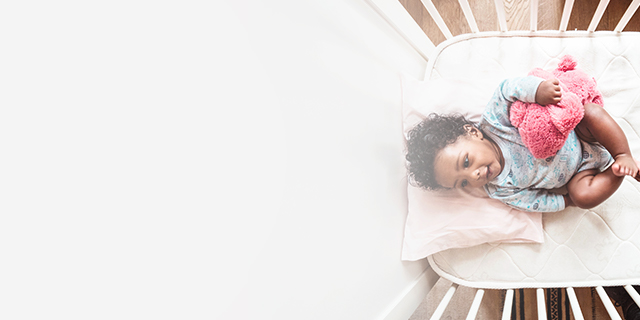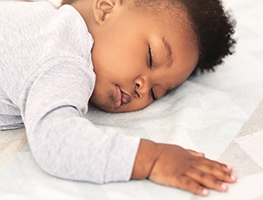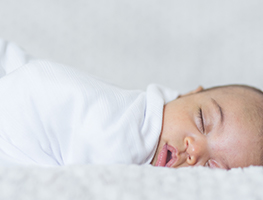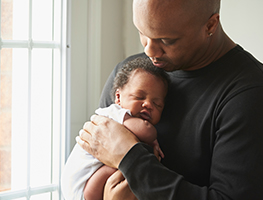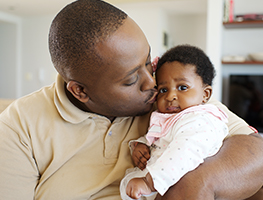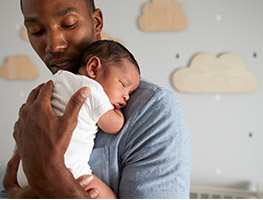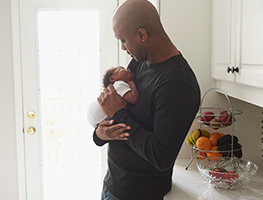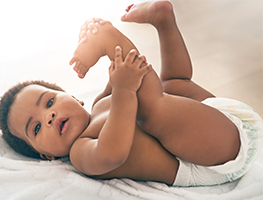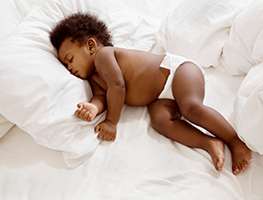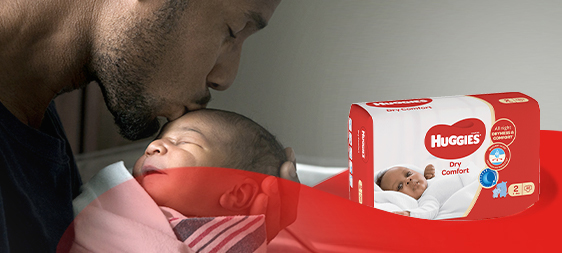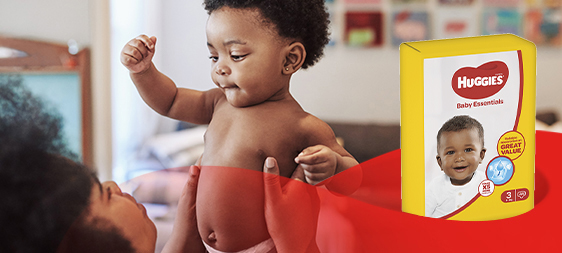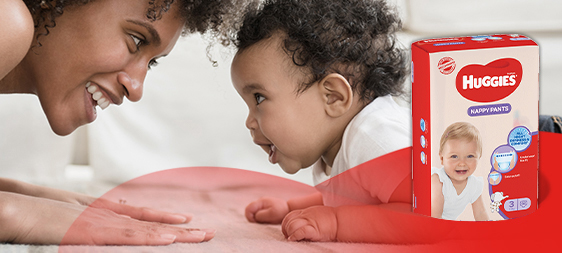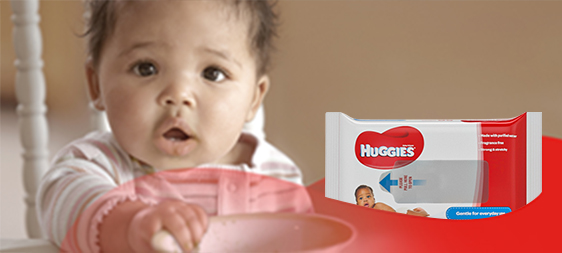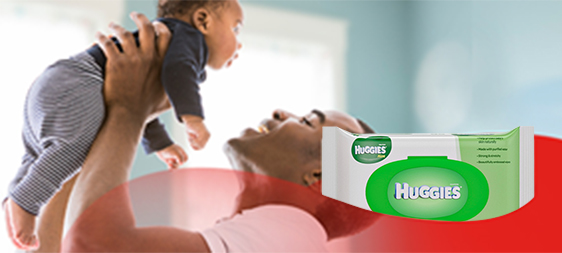Beautiful designs, patterns, colours, bedding and trims are important, of course, but what really counts is your baby’s safety.
Let Huggies help you with some important information about what to look for in a cot, and how to ensure it is set up safely for your sleeping beauty.
Tips:
Look for a cot that has been certified by an independent authority like the SABS.
Cots should be well-finished and made from quality materials.
If made of metal, they shouldn’t be bent or rusty, and their joints should be close-fitting, and securely and cleanly welded.
Timber cots shouldn’t have dowels, nails and screws that are exposed above the surface.
The timber shouldn’t have large knots, insect damage, cracks or splinters.
There should be:
no sharp edges or points that could cause a cut or head injury
no gaps where children can trap their limbs or head
no knobs or protrusions that could catch a child’s clothing
no decorative transfers that can come off easily
no crossbars or trim that could be used as a foothold
no bumpers or anything else inside the cot that has strings or ties
no choking hazards, such as small toys, small items, medication, string or elastic
Make sure that the mattress you buy corresponds to the cot manufacturer’s size recommendations – it should fit snugly with no gaps.
Check that locking devices are easy to use for an adult, but very difficult for a child.
Check that the locking mechanism has a clear difference between locked and unlocked.
Make sure there are no pillows, comforters or other soft products under your baby while they sleep.
Make sure the cot is placed at a reasonable distance from curtains, blinds, heaters and power points.
Move children to a single bed once they start climbing out of their cot.

